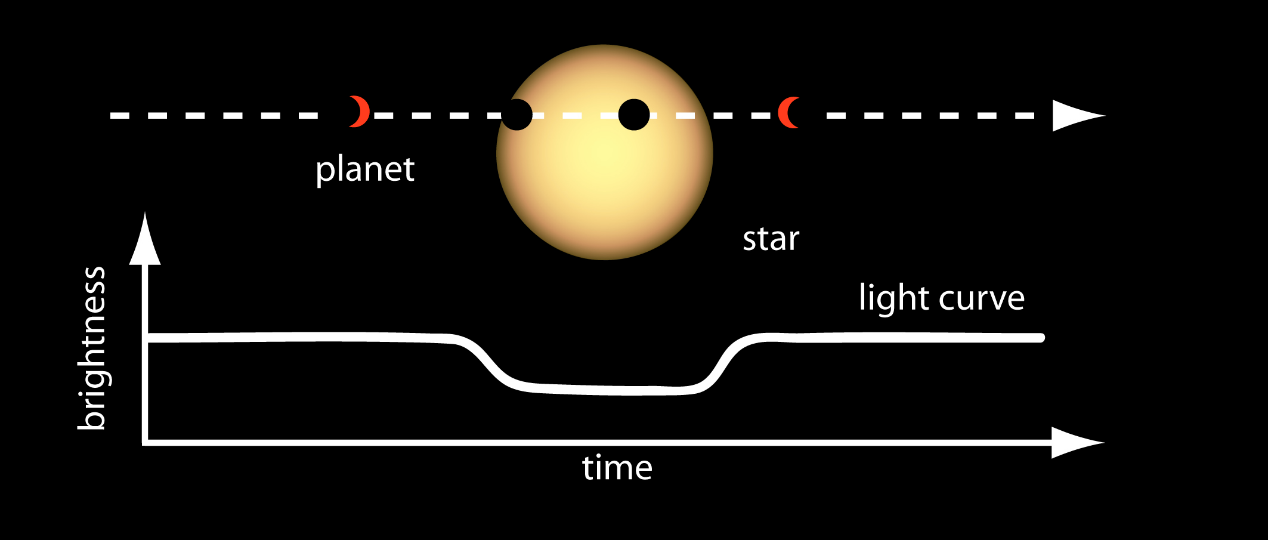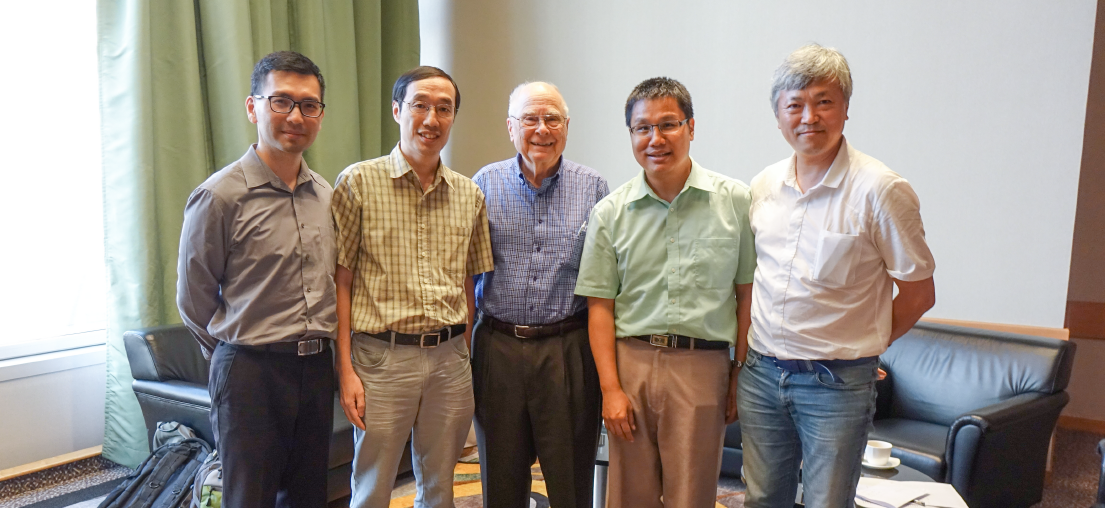The Shaw Prize in Astronomy 2015 was awarded to astronomer and space scientist Mr William J Borucki for his work in conceiving and leading the Kepler Mission, which greatly advanced our knowledge of both extrasolar planetary systems and stellar interiors.
An interview with Mr William J Borucki was conducted by the Theoretical Astronomy Group of the Hong Kong Astronomical Society (HKAS) in September 2015. We are delighted to share the interview highlights provided by the HKAS.
(HKAS) What was the greatest difficulty in the Kepler mission?
(Mr Borucki) The greatest difficulty was convincing people that this could be worked. The photometer used in the Kelper mission was 500 times more precise than any photometer ever built.
In the 1980s, the prevailing pursuit for space scientists were finding life on Mars and finding exoplanets. It was very difficult to deploy transit method to detect extrasolar planets as advanced technology and funding were needed as well as the knowhow of combining resources together to get it down. Initially we were thinking of using another better detector rather than Charge-coupled Device (CCD). Someone said that we could not observe tens of thousands of stars at a time, but we needed the data to get useful statistics to detect some stars and planets.
At that time, professionals and amateurs usually could not detect fine changes in star brightness of less than 1%. As a comparison, for Earth transits across the sun, the change in brightness is about 1/10000. We have to build the observatory and operate it by ourselves to prove that this method works in space. We had to reach out to photometer manufacturers and deep space transporters (Mars transit vehicle) manufacturers ourselves, and the cost was high.
(HKAS) Have you already got the funding from the government at that time?
(Mr Borucki) The government would only pay the manufacturer when the items are delivered. If the manufacturer needs the money to build something custom made, like a photometer mirror, it becomes very complicated and difficult, as it takes a few years to build such a mirror.
We have hired someone to man the accounting and financing functions. He kept on cautioning us what not to do, instead of advising us the proper ways to tackle the issues. So, we dismissed the person.
(HKAS) How do you see the importance of amateur astronomers?
(Mr Borucki) Amateurs do a lot of important works. They inspire a lot of people to learn science. They provide a lot of information on astronomy to the public. People learn so many interesting things about stars, sky and planets which enrich their life. It is much easier for them to access scientific knowledge this way.
(HKAS) Tell us more about the design of the Kepler telescope.
(Mr Borucki) It is a wide field telescope through which we can look at a large number of stars. It has a Schmidt reflector. The corrector insider is not very thick but not easy to break when you launch it.
(HKAS) Can you share your view on the importance of engineers in the Kepler Mission with us?
(Mr Borucki) There are planners, financial people and mathematicians in my team with over 1000 people. All of them are critical to the success of the mission. It is a bit embarrassing for one person to take credit for its success, this prize (Shaw Prize in Astronomy) is actually for the whole team.
(HKAS) Are you the one who invented this method of finding exoplanets?
(Mr Borucki) Yes, I am the only person who is crazy enough to pursuit it when everybody else says it won’t work.
(HKAS) Did you know that the technology of CCD could detect such small difference in brightness at that time?
(Mr Borucki) I built my own photometer. We have workshops and brought people together. We talked about how to build a photometer that would be better than others. Then we tried to look for the best kind of detector to do the job. We initially wanted to use quantum perfect detectors instead of CCDs but they could not be calibrated.
(HKAS) CCD operations produce a lot of heat. How would you cool it down to reduce the noise and make the signal to noise ratio higher?
(Mr Borucki) As there is no convection in space, so we cool it down by radiation. The telescope is a tube, one side is the solar panel and the other side is the radiating panel. Heat pipes connect the detectors to the radiating panel. Inside the heat pipes, there is an easily vapourizable liquid for the cooling process but thermal systems are complicated in space with zero gravity.
(HKAS) Why do you set the telescope pointing to the direction of Cygnus where the solar system is moving towards instead of pointing to the opposite direction? Both sides are on the galactic plane and have many stars?
(Mr Borucki) Both sides are good targets with many stars. But we had to have a tradeoff between North and South directions. We are interested in dwarfs, particularly G dwarfs and you have to categorise the stars in the field before watching the target stars to get data. We need to do the survey beforehand and afterwards to confirm what we found. Since most of the big telescopes are in the northern hemisphere, hence the data, so we point telescope to the North.
(HKAS) What can amateur astronomers do to help the Kepler Mission?
(Mr Borucki) We need three transits to prove the existence of an exoplanet. If we can only observe two transits by the Kepler, we still cannot confirm the existence of an exoplanet. Amateurs can follow-up and make the discovery by observing the third transit. This is what we expect amateurs to do and to achieve this, we share the data with the public.
Appendix
How to find exoplanets by the Kepler Telescope?
The Kepler Telescope uses transit method to find exoplanets. If an exoplanet moves in front of its parent star, it will block some of the starlight from the parent star and makes it dimmer. This dimming is periodic. The exoplanet will block the parent star’s starlight only when the orbital plane of the exoplanet is in alignment with the line of sight of the observer at Earth, this probability is very low. So, in order to get significant results, a large number of stars must be observed at the same time.

(Source: https://www.quora.com/What-are-the-most-prominent-methods-for-detecting-exoplanets)
Scripts prepared by
Dr Leung Chun Sing, Team Leader of Theoretical Astronomical Group of Hong Kong Astronomical Society
Mr Fung Po Kei, Senior Member of Theoretical Astronomy Group of Hong Kong Astronomical Society
Mr Eddie Ng, Senior Member of Theoretical Astronomy Group of Hong Kong Astronomical Society
September 2020

